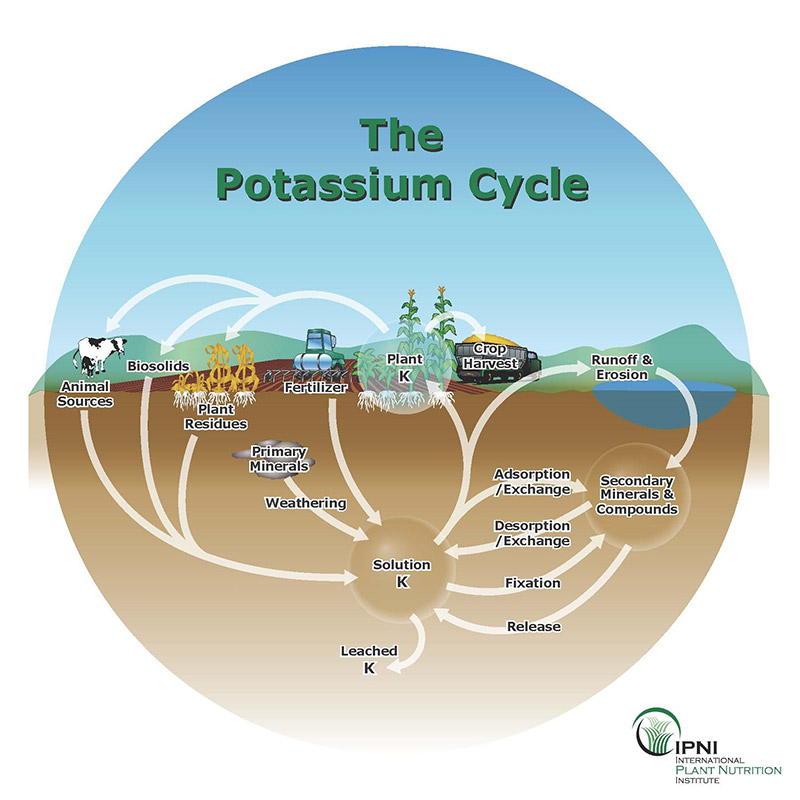Quick Overview:
For our experiment, we wanted to figure out why the potassium and
calcium levels didn't correlate in Microclimate 1. The potassium levels
in the soil were zero and the calcium levels fluctuated in the plants.
Additionally, the plants living there had no signs of yellowing from
potassium deficiency.
A possible explanation for this
problem could be the slope of the hill in Microclimate 1 causing the runoff to leach the calcium to the bottom of the hill,
and the calcium levels to vary in different locations. For the
potassium, we thought that because of a recent drought, the plants were
taking in the potassium out of the soil faster than it could be
replenished, leaving no potassium left in the soil. Here
is a picture of our group's soil samples being extracted for calcium
tests and plant samples being extracted for potassium tests.
What is potassium?
Potassium aids with plant growth, water management, and disease
resistance. It's an extremely important mineral and without it, plants
and organisms living in the soil would die. That is why we were shocked
when we tested the soil in each Microclimate for potassium and found none!
This is a picture of the potassium cycle and how factors such as
weathering, runoff, erosion can affect the formation of potassium in the
soil. The second picture is our group testing plant samples for
potassium.

What is calcium? Calcium is a mineral found in soil that, while not as important as potassium, still plays a role in soil health (for example; helping with metabolism and cell work). Potassium can sometimes limit the amount of calcium in soil. But if there is no potassium then why are there fluctuating levels of calcium? Here is a picture of visible calcium in the soil. The second picture is our group testing the soil samples for calcium.   |